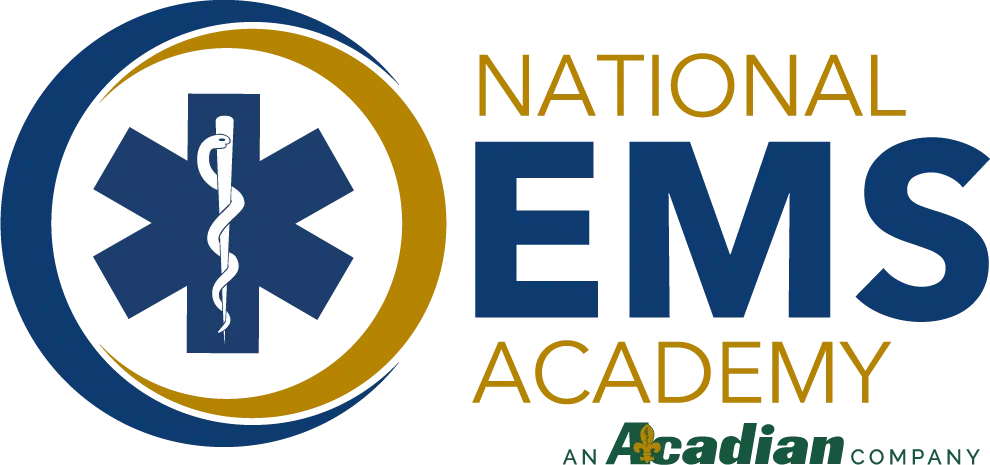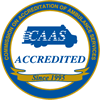Summertime along the Gulf Coast is notorious for the hot temperatures and humid air. Extreme sun and temperatures can be more than just uncomfortable – they can be dangerous to workers.
Workers may sometimes be required to work in hot environments for extended periods of time. When the body is unable to maintain a normal temperature, heat illnesses can occur and may result in death. It is also important to consider that hot work environments may exist indoors.
By taking precaution, you can minimize your chances of falling ill due to heat.
Dehydration
Dehydration means your body does not have as much water and fluids as it should. Dehydration can be caused by losing too much fluid, not drinking enough water or fluids, or both. Drink plenty of water and electrolytes—four bottles of water to one bottle of Gatorade, for example. Avoid carbonated and sugar-laden drinks.
The most obvious symptom is thirst; however, you may also experience:
- Headaches
- Eyes no longer making tears
- Loss of sweat
- Muscle cramps
- Nausea and vomiting
- Heart palpitations
- Lightheadedness, especially when standing
Heat Rash
Heat rash is the most common heat-related illness in work environments, and is caused by sweating. To treat a heat rash, move to a cooler, less-humid environment. Keep the rash area dry. Powder may be used, but do not use ointments or creams.
Signs and symptoms include:
- Red clusters of pimples or small blisters on the neck, upper chest, groin, under the breasts and elbow creases
Heat Cramps
Heat cramps are muscle pains most commonly caused by the loss of body salt and fluid through sweating. Replenish your fluid by drinking water and carbohydrate-electrolyte drinks every 15-20 minutes.
Heat Exhaustion
Heat exhaustion is a milder form of heat-related illness that can develop after several days of exposure to high temperatures and inadequate or unbalanced replacement of fluids.
Signs and symptoms of heat exhaustion include:
- Heavy sweating
- Paleness
- Muscle cramps
- Tiredness
- Weakness
- Dizziness
- Confusion
- Headache
- Nausea or vomiting
- Fainting
- Body temperature of at least 100.4°F
- Skin may be cool and moist
- Pulse rate: Fast and weak
- Breathing: Fast and shallow
Heat Stroke
Heat stroke is the most serious heat-related illness. It occurs when the body becomes unable to control its temperature—the body’s temperature rises rapidly, the body loses its ability to sweat, and it is unable to cool down. Body temperatures rise to 106°F or higher within 10-15 minutes.
Heat stroke can cause death or permanent disability if emergency treatment is not provided. If you or a coworker is exhibiting any of these symptoms, get medical help immediately.
Signs and symptoms of heat stroke include:
- Extremely high body temperature (above 103°F)
- Red, hot and dry skin (no sweating)
- Rapid, strong pulse
- Throbbing headache
- Dizziness
- Nausea
- Confusion
- Loss of consciousness
- Seizures
What You Can Do to Protect Yourself
You can follow these prevention tips to protect yourself from heat-related stress:
- Drink cool, non alcoholic, low-sugar beverages (If your doctor generally limits the amount of fluid you drink or has you on water pills, ask him or her how much you should drink when the weather is hot. Avoid extremely cold liquids because they can cause cramps.)
- Men should aim to drink 85 ounces of water a day (recommended sources: 50% water, 30% other beverages, 20% solid food)
- Women should aim to drink 67 ounces of water a day (same percentage of recommended sources)
- In general, drink 8 ounces of fluid for every 15 minutes of exercise or labor
- Rest
- Place cold wet cloths or towels or ice on yourself, or take a cool shower, bath or sponge bath
- If possible, seek an air-conditioned environment
- Wear lightweight, light-colored clothing
- If possible, remain indoors in the heat of the day
- Do not engage in strenuous activities
- Visit your on-site medic if you are starting to exhibit symptoms
Watch Out for Your Coworkers
If you notice someone exhibiting any signs of heat-related illness, alert an on-site medic right away.
Safety Management Systems on-site clinics and medics are well-trained in treating heat-related illnesses and workers without the need to leave the job site. We work to keep your workers safe on the job all year round.
For more information on heat stress download the OSHA Fact Sheet.














